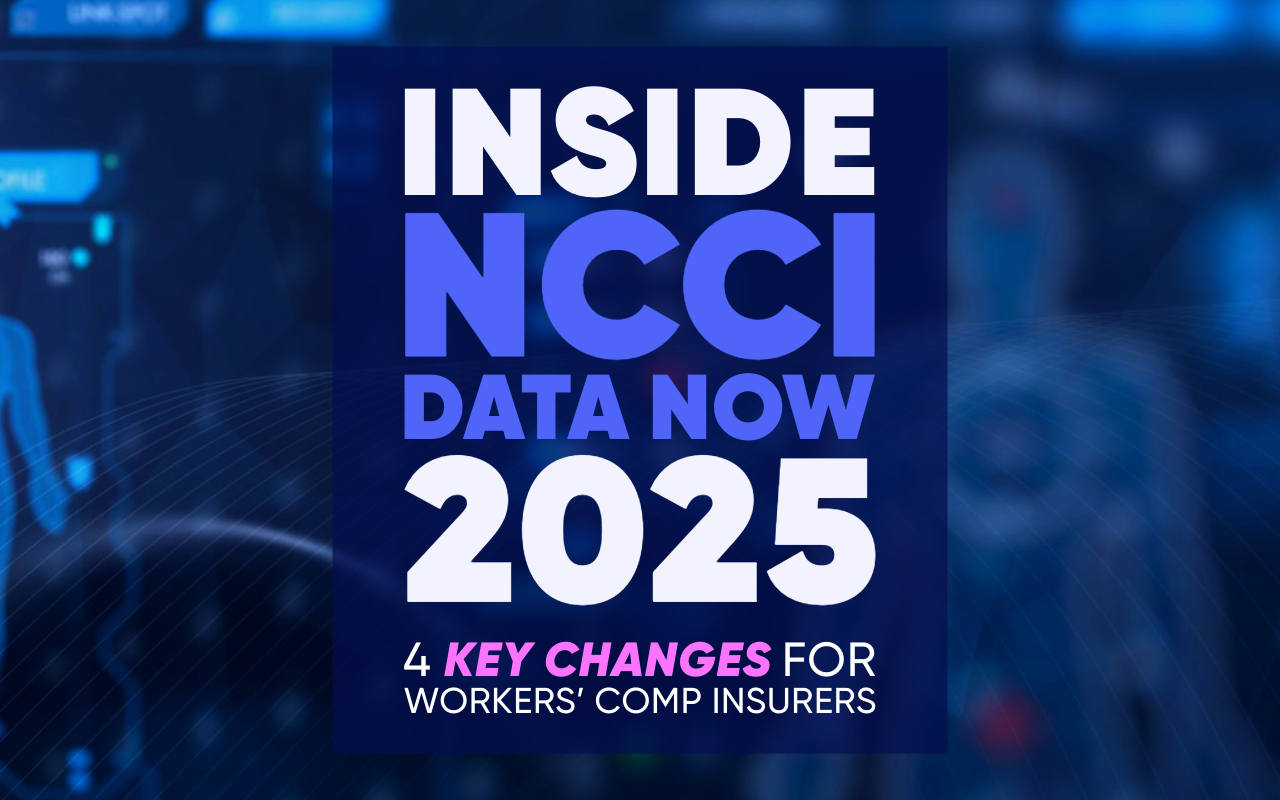TRUE BLOG
Workers’ Comp Innovation & Insurtech Trends.
Unlock the True Power of Workers’ Compensation Digital Transformation
Welcome to the True Insurtech Solutions blog—your hub for insights, strategies, and innovations driving workers’ compensation digital transformation. Whether you’re navigating insurtech advancements, exploring AI-driven claims automation, or optimizing policy administration, our expert content helps insurers modernize workflows, enhance customer experiences, and gain a competitive edge. Start reading to stay ahead of industry trends, leverage best practices, and discover how cutting-edge technology—like True’s integrated platform of comprehensive workers’ compensation policy, claims, and portal solutions—can streamline your operations.
Stay informed with the latest industry insights—subscribe to our blog and get expert-driven content delivered straight to your inbox.
Featured Articles

True Returns to Sponsor the 2025 MCSIGA Annual Fall Conference
True Insurtech Solutions will once again join the 2025 MCSIGA Annual Fall Conference, October 16–17 at St. John’s Resort in Plymouth, Michigan. As both a sponsor and MCSIGA member, True looks forward to connecting with Michigan’s self-insured workers’ compensation community. Senior Solutions Advisor Ryan Smith will be on-site to meet with fellow attendees and MCSIGA members throughout the event.

Something New Is Coming to Workers’ Comp
Workers’ compensation communication is broken—and everyone feels it. From claims and underwriting to marketing and compliance, teams struggle with slow, inconsistent messaging that frustrates customers and drags down efficiency. Next Tuesday, October 7, a new standard will be unveiled—one that promises speed, clarity, and confidence in every interaction. Don’t miss the reveal.

True Insurtech Solutions Successfully Completes SOC 2® Type II Audit for Security Controls
True Insurtech Solutions announces successful completion of its SOC 2® Type II audit, validating the strength of its internal security controls across TruePolicy™, TrueClaims™, and TruePortals™. This milestone reinforces True’s dedication to data protection, trust, and regulatory excellence in the workers’ compensation industry.

Inside NCCI Data Now 2025: What’s Changing for Workers’ Comp Insurers
The workers’ compensation industry faces significant compliance changes, notably the NCCI’s lowered reporting threshold, impacting many insurers. Key challenges include Unit Statistical reporting errors and the upcoming Medical Data Call requirements. Organizations must proactively enhance data management strategies and reporting processes to avoid penalties and ensure compliance with evolving mandates.
From the Archive

Resilient by Design: Proactive Strategies for Managing Tariff-Driven Drug Costs in Workers’ Comp
The proposed 25% pharmaceutical tariffs could significantly increase drug costs and disrupt treatment in workers’ compensation. Learn how insurers and employers can mitigate risk using True’s adaptive technology.

From Siloes to Strategy: Making Digital Transformation Work in Workers’ Comp
Too many workers’ comp insurers are stuck with siloed systems, redundant processes, and lagging insights. In this edition of True Breakdown, we unpack what digital transformation really means for workers’ compensation—and how centralizing your systems and data can drive smarter, faster, and more secure operations.

What is SOC 2® and Why It Matters in Workers’ Compensation Insurance
SOC 2® examinations play a critical role in helping workers’ comp insurers evaluate the security practices of their technology partners. Learn what SOC 2 means, why it matters, and how True is supporting secure, scalable operations.

The Future of Workplace Wellbeing: 5 Key Takeaways from the 2025 Psychological Safety Study
The 2025 Psychological Safety Study highlights critical insights for the insurance and workers’ compensation industry, revealing how trust, open communication, and mental well-being impact return-to-work outcomes, claims durations, and workforce retention. Learn how insurers, TPAs, and employers can foster safer, more productive workplaces while mitigating long-term claims risks.

Avoiding Compliance Fines—How Insurers Can Stay Ahead
Failing to comply with workers’ compensation data reporting can lead to hefty fines and regulatory risks. This guide explores common pitfalls and strategies insurers can use to prevent costly compliance errors.

Preparing for Medical Data Call Reporting: What Insurers Need to Know
Medical Data Call (MDC) reporting is essential for compliance and analytics in workers’ compensation as more insurers are required to participate. The NCCI Data Now 2025 notes challenges insurers face, including data integration and accuracy. By enhancing data capabilities and automation, insurers can streamline submissions, mitigate compliance risks, and gain competitive advantages.

Unit Statistical Reporting Continues to Be a Challenge—How Insurers Can Adapt
Unit Statistical Reporting (USR) is vital for workers’ compensation insurers, affecting e-mod calculations and compliance. Insurers face challenges like data accuracy and submission timeliness, risking penalties and inefficiencies. The article discusses enhancing data quality, automating reporting, and staying informed on regulations to mitigate risks and transform USR challenges into competitive advantages.

More Carriers Must Report Indemnity & Medical Data—What It Means for Insurers
As workers’ compensation reporting evolves, insurers will need to submit more detailed indemnity and medical data, impacting underwriting and claims management. Compliance is essential to avoid penalties and improve outcomes. Insurers can gain advantages by adapting quickly, utilizing automation, and ensuring data accuracy for effective risk management and competitive positioning.

Innovating Claims & Beyond: Visit True in Booth #64 at the 2025 EWC&R Conference
Ryan Smith from True Insurtech Solutions will represent the company at the EWC&R Conference in Anaheim on February 11. The event focuses on workers’ compensation trends, showcasing solutions like TrueClaims™, TruePolicy™, and TruePortals™ for claims management and policy administration efficiency.

True Insurtech Solutions VP Joins Industry Leaders at NCCI’s Data Now Program 2025
True Insurtech Solutions announces Vice President Colin Moulton’s attendance at the NCCI Data Now Program 2025 in Boca Raton, Florida. The event focuses on advanced data reporting in workers’ compensation. Colin will share insights on data accuracy and compliance, reinforcing True’s commitment to innovation and enhancing operational solutions for partners.

Reflections on Workers’ Compensation Tech Trends in 2024: Predictions Versus Reality
Did the top tech trends for workers’ compensation in 2024 live up to expectations? From AI and blockchain to IoT and telemedicine, discover how the year’s predictions shaped the industry.

The Workers’ Comp Insurers’ Guide to Building a Supportive Team Environment
Discover actionable strategies for workers’ comp insurers to create supportive team environments, improve retention, boost morale, and drive better client outcomes.
